IT WAS always going to be inevitable that Ali Abbas would become a star. His parents were acclaimed actors and his grandfather was a multi-talented legend, who did pretty much everything, including singing, acting, producing, writing and directing. Their popularity and talent inspired him to become a respected artist in his own right.
The hardworking actor has appeared in a massive number of successful TV serials since making his debut in 2014 and is looking forward to more challenges.
Eastern Eye caught up with him to talk about TV and acting.
How do you look back on your time on TV?
I still have a long journey to go. It’s been seven years since I started working for television and the journey has been fabulous. The rollercoaster ride has resulted in ups and downs, so it has been a learning experience more than anything on how life operates. Alhamdulliah, I’ve made it to a point where I can very easily say that my family is proud of me.
Which of the projects gave you the greatest joy and which was the most challenging?
My very recent project Kahin Deep Jalay, which is a massive hit, gave me the greatest joy. I’ve mostly played characters with grey shades and those were my biggest hits, but in Kahin Deep Jalay my role was positive and when people started really liking him, the production house decided to push the character forward for higher ratings. My most challenging character was Amir from Naqab Zan because it’s totally the opposite of who I am. Amir was cold, like a predator and very selfish, and I’m not that at all.
Who has been the most memorable person you have worked with?
This has to be Noman Ejaz saab, with whom I worked with in Zinda Dargor. It was a life changing experience because he had always inspired me, and when I saw him in person I was mesmerised. I started working with him, and he guided me in my character throughout. Those were my earlier years, so I needed guidance. Yes, he has to be the most memorable and experienced person I worked with. I still follow him and love him as an actor. A lot of people say that I kind of have shades of him in my personality and acting, so Noman Ijaz.
What would be your dream role?
There are so many dream roles I always wanted to play like Jack Nicholson from The Departed, Robert De Niro in Taxi Driver, Christian Bale in The Prestige and Tom Hanks in Forrest Gump. There is so many of them! I also loved Tony Stark and the main female role in Gone Girl.
What do you enjoy watching?
I enjoy watching thriller series. Recently, I have watched You and Black Mirror.
What are your passions away from work?
I love spending time with my family, children and wife. I love to sketch and write. I think, like any other normal guy, I love to stay home with my family or go on a holiday with them.
If you could master something new, what would it be?
If I could master something in any field, then I would love to sing. I would love to play guitar and piano maybe. So, I would love to master music and singing, as that is a territory that I have never touched.
What is the master plan going forward?
My plan is very simple. I will work as an actor till they want me, and then start producing and directing the stuff that I have written. Till now, I have around nine to 10 concepts that I have written for myself, so they are very generic yet very different, at least in my opinion. So, I would love to work on that, but I can never leave this field as it’s in my blood, mind and heart. This is my only master plan.
What inspires you?
I think we all take inspirations from life itself. The concept of life and death and everything in between is inspirational for me. It is god’s work and he is an artist himself. When you look at things like nature and life, they are an inspiration for me as an actor and person.
Why do you love being an actor?
I love being an actor because I always wanted to do this and it has given me a lot of respect. It has also given my family a lot of respect. Being an actor gives me a chance to express myself. Everybody has something or the other going on in their heads, which they can never express, but I have this opportunity everyday of my life. I get to express myself, my anger, love, sorrows, passion and everything else. Acting gives me life and being an actor makes me feel I am alive.















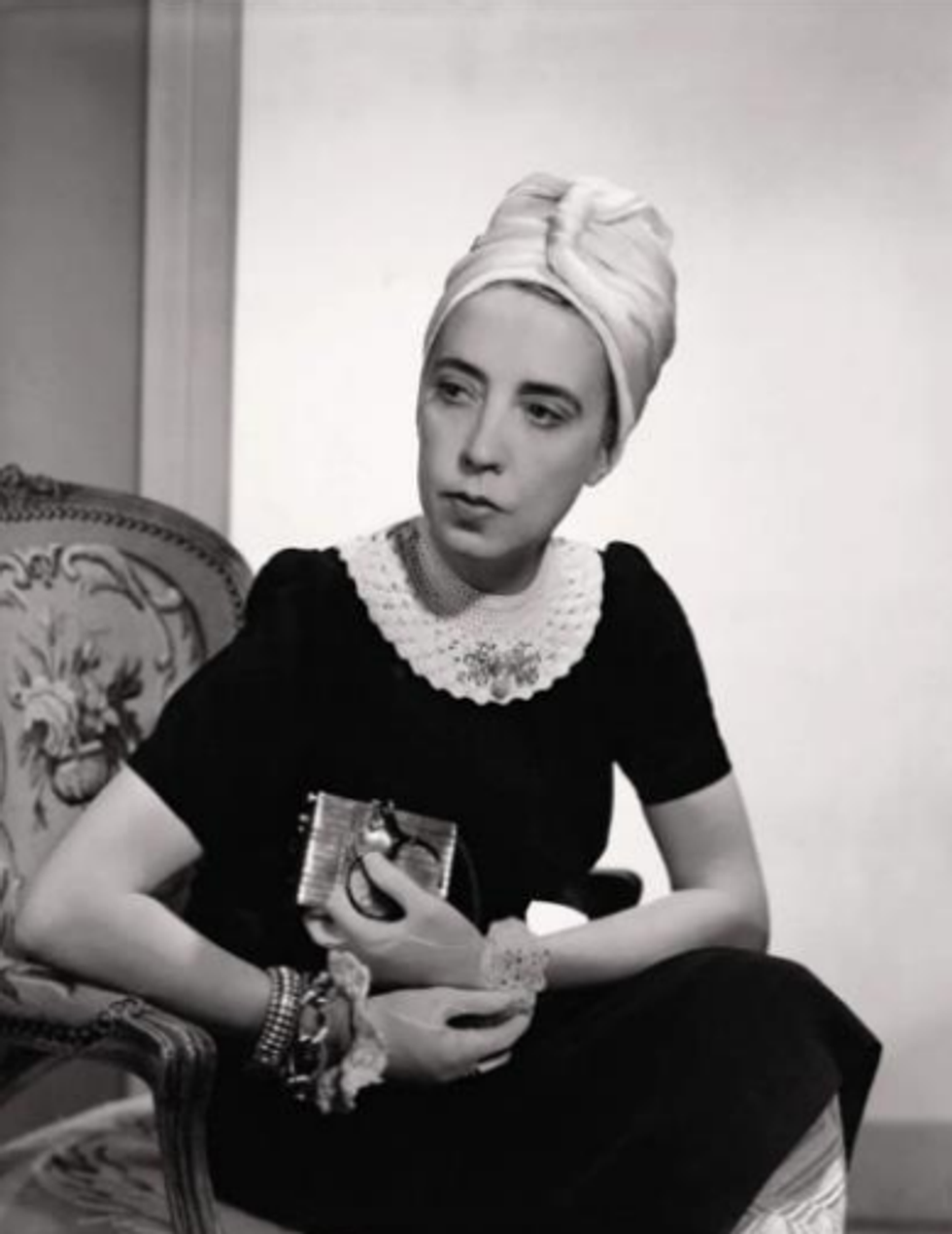 Vogue 1940; Designer Elsa Schiaparelli wearing black silk dress with crocheted collar of her own design and a turbanFredrich Baker/Condé Nast via Getty Images
Vogue 1940; Designer Elsa Schiaparelli wearing black silk dress with crocheted collar of her own design and a turbanFredrich Baker/Condé Nast via Getty Images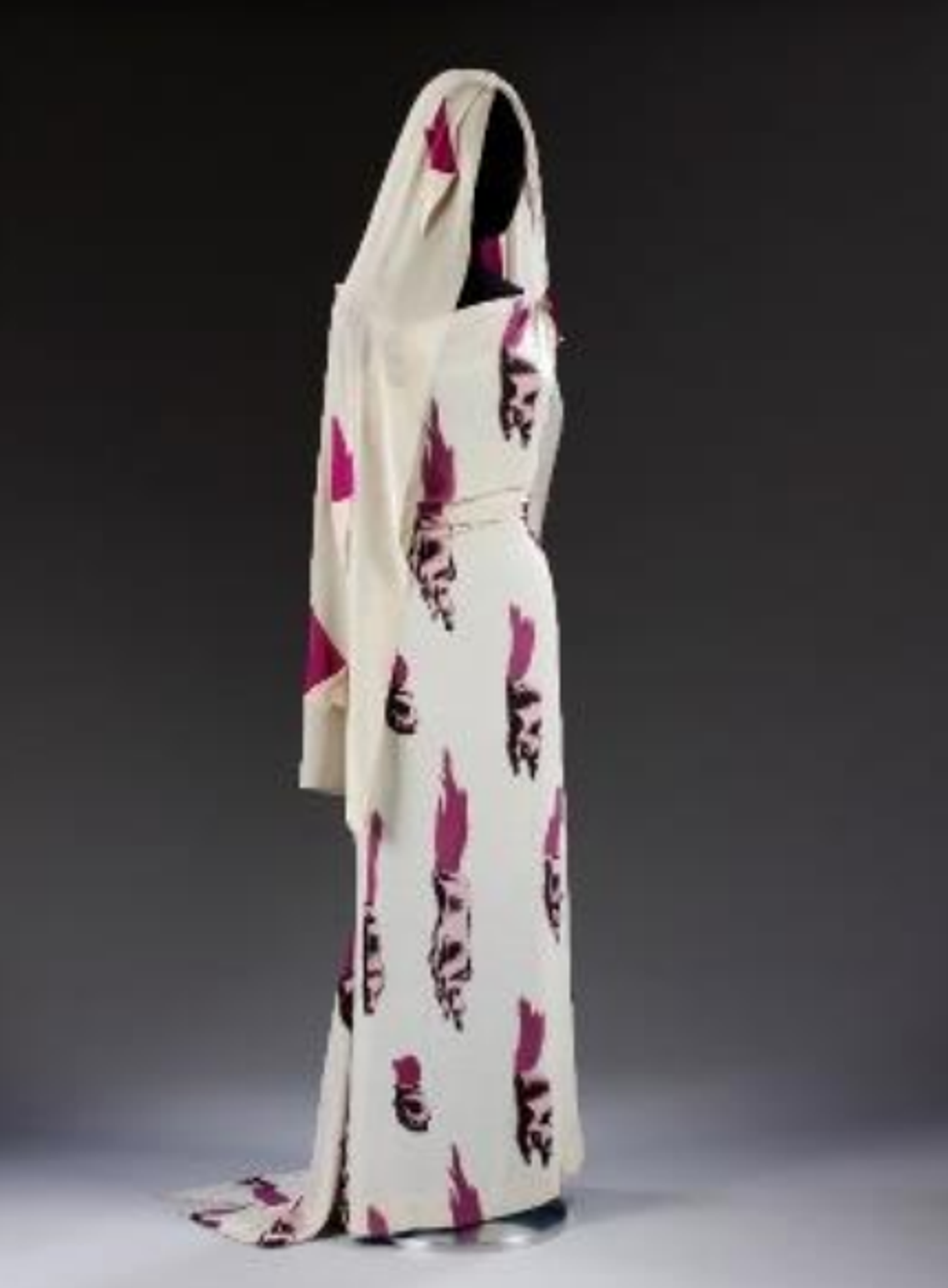 'Tears' Evening dress and head veil, designed by Elsa Schiaparelli, February 1938 for Circus Collection, summer 1938. Fabric designed by Salvador Dali Victoria and Albert Museum, London
'Tears' Evening dress and head veil, designed by Elsa Schiaparelli, February 1938 for Circus Collection, summer 1938. Fabric designed by Salvador Dali Victoria and Albert Museum, London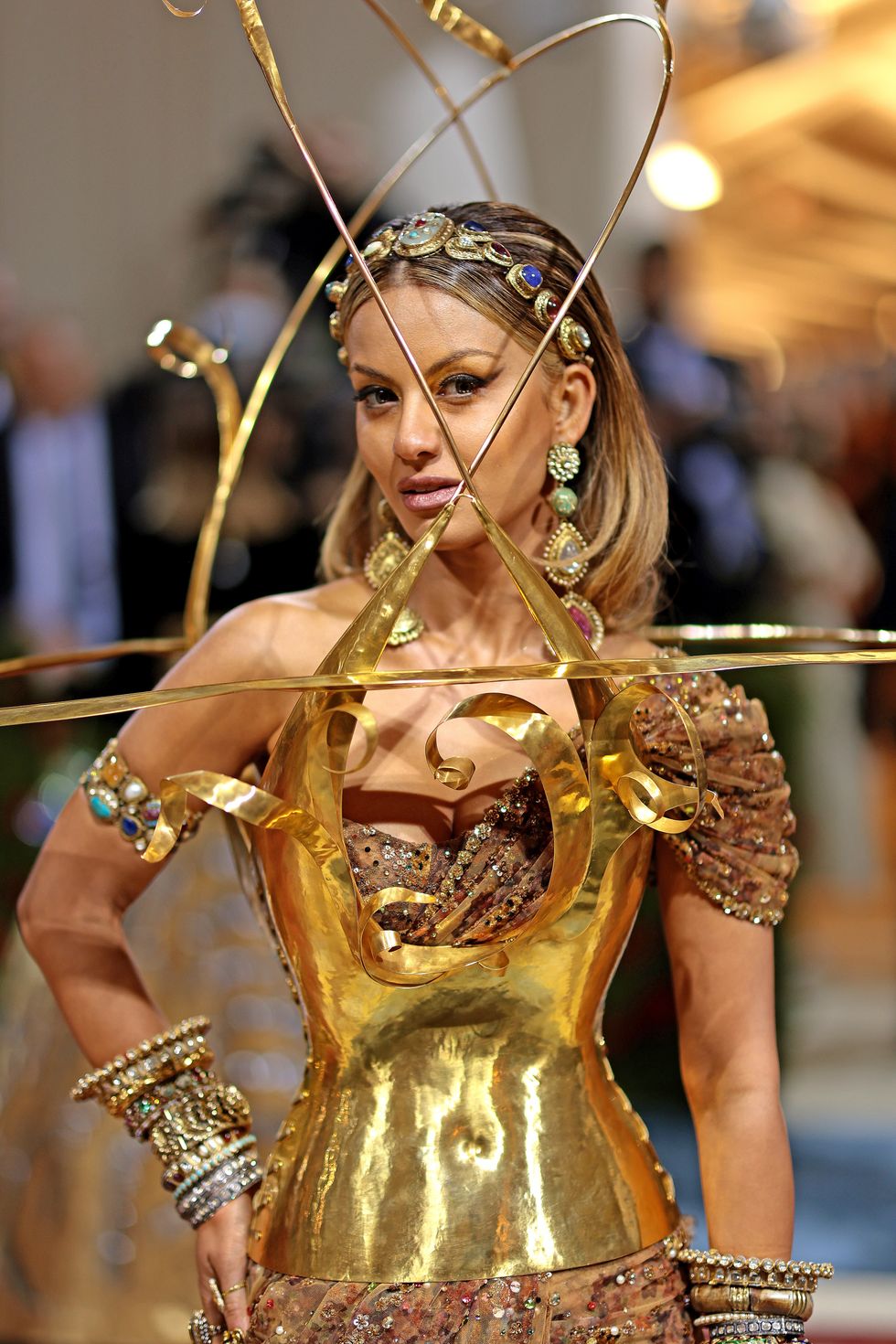 Natasha Poonawalla attends The 2022 Met GalaGetty Images
Natasha Poonawalla attends The 2022 Met GalaGetty Images 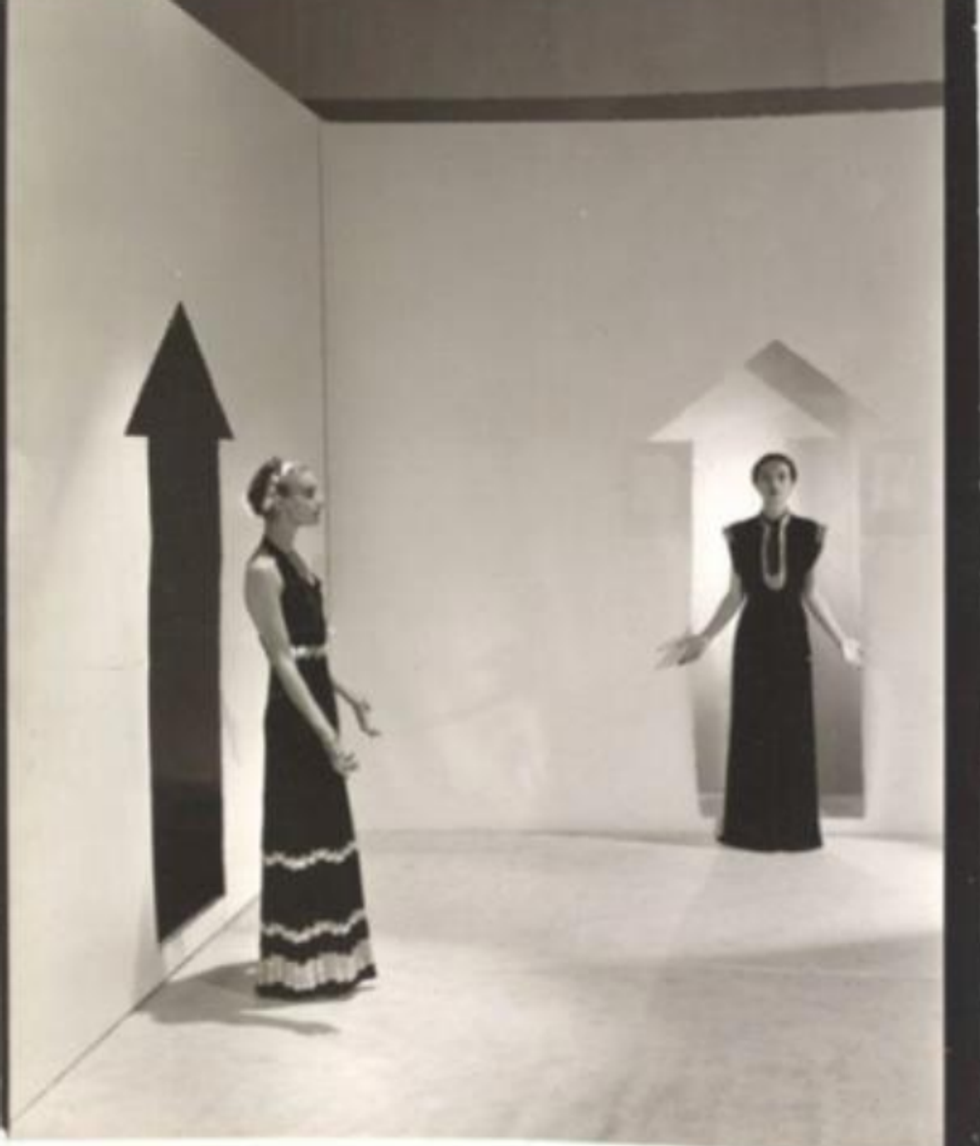 Vogue 1936; Two models, standing in a white room with arrows painted on walls and wearing dresses by Schiaparelli;Cecil Beaton/Condé Nast via Getty Images
Vogue 1936; Two models, standing in a white room with arrows painted on walls and wearing dresses by Schiaparelli;Cecil Beaton/Condé Nast via Getty Images

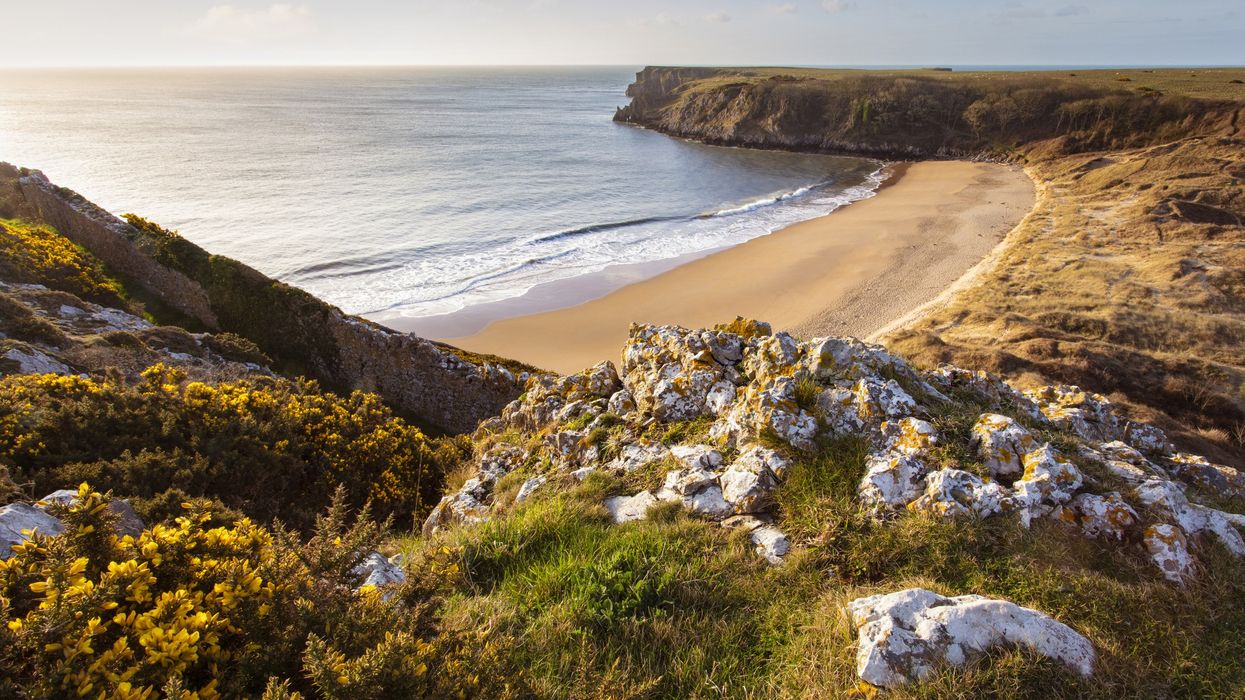
 Many of these beaches are tidal and best enjoyed at low tideiStock
Many of these beaches are tidal and best enjoyed at low tideiStock It’s also unofficially clothing-optionaliStock
It’s also unofficially clothing-optionaliStock Framed by the turquoise seaiStock
Framed by the turquoise seaiStock It’s best visited early or late in the dayiStock
It’s best visited early or late in the dayiStock